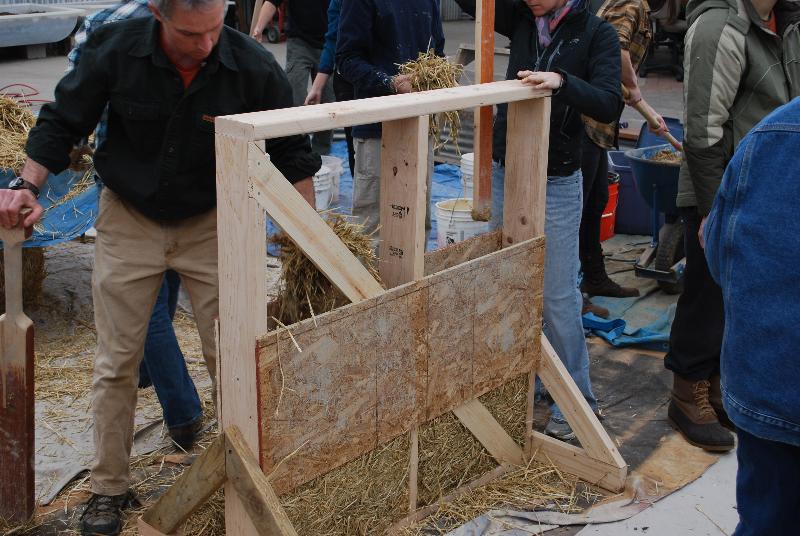Thanks guys for the replies. I like the ladder truss idea.
@ S Bengi & Daniel, I love the look of straw bale, both straw bale and straw clay have their pros and cons. Straw clay is straw coted with wet clay, usually very lightly so that the straw just looks dirty and damp but is still fluffy. The benefit of this over straw bale is that the clay acts as a preservative and makes the walls more forgiving to moisture and resistant to rot. There are 800 year old straw clay houses in Germany. It however can not bear loads like straw bale. I'm willing to settle for less R value for the added rot resistance, I also hear that straw clay has more thermal mass which might make up for the lower R value. still with 12" thick walls I think it will be plenty. As for easiness of building with, Ive heard both bale and straw clay take the claim as easiest. I suspect it depends on the house being built as well as what the builder personally enjoy working with. But for example I understand that straw clay is easier to form around windows and doors because their is no cutting and retying the bales into shape, you just stuff it, so a house with lot of windows and doors might be faster/ easier with straw clay but a more simple construction might be easier with bales where you can build them like blocks. Ive' heard of people using both methods where they use straw clay on the south and east walls where there are a lot of windows and bales on the north and west walls.
Here are some google pics for Bengi
the forms are temporary to shape it








